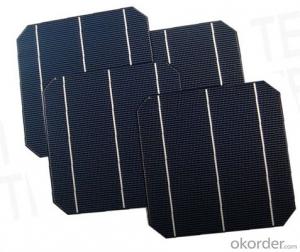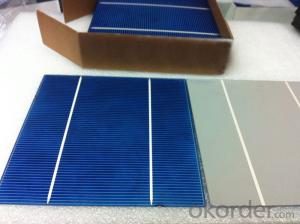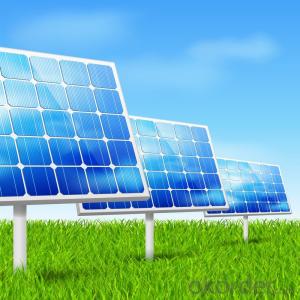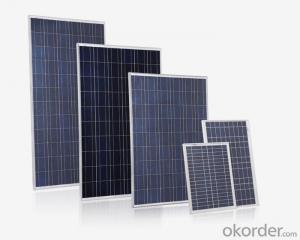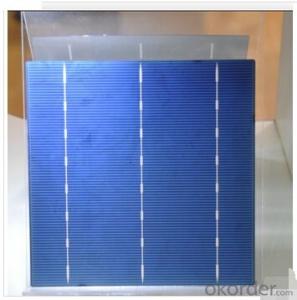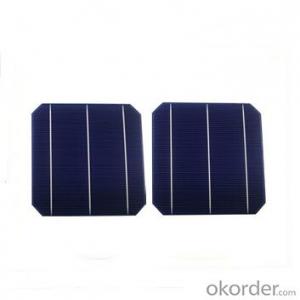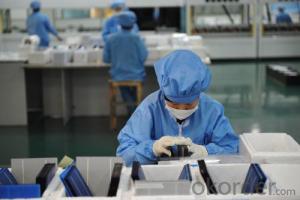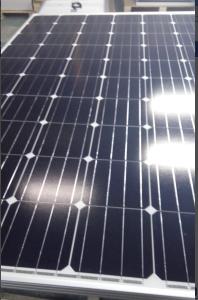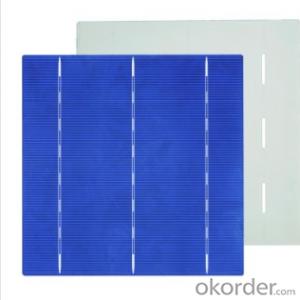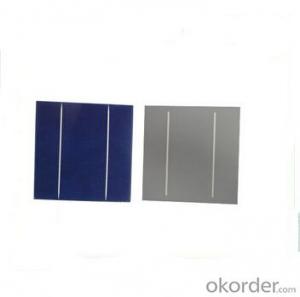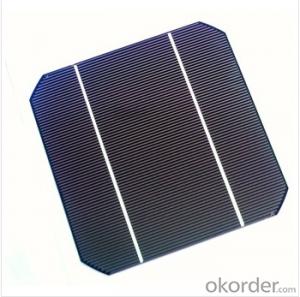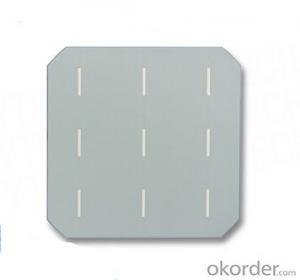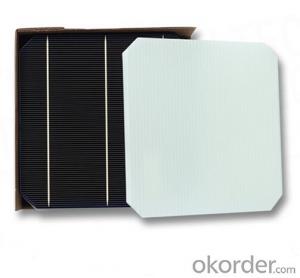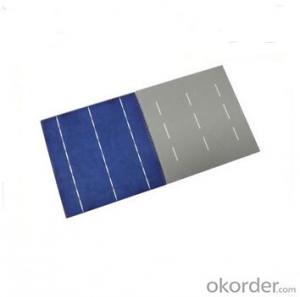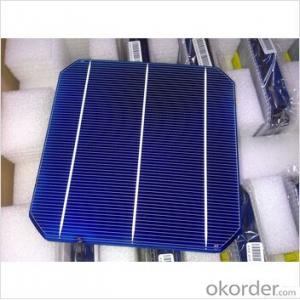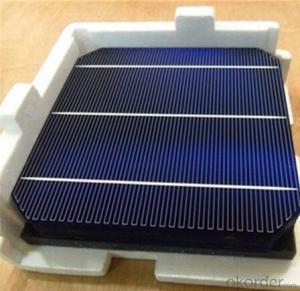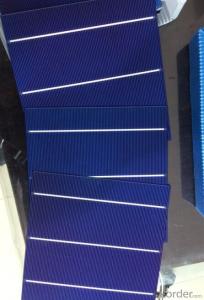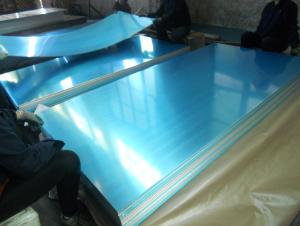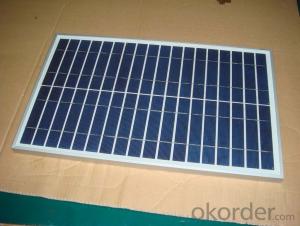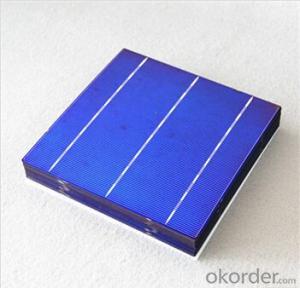Dye Sensitised Solar Cells
Dye Sensitised Solar Cells Related Searches
Thin Film Solar Module Czts Thin Film Solar Cells Cigs Thin Film Solar Cells Solar Photovoltaic Inverter Amorphous Solar CellsHot Searches
Cheap Solar Cells For Sale Flexible Solar Cells For Sale Q Cells Solar Panels For Sale Printed Solar Cells For Sale Bulk Solar Cells For Sale 6x6 Solar Cells For Sale Broken Solar Cells For Sale Cpv Solar Cells For Sale Photoelectric Cells For Sale Price Of Silicon Solar Cells Price Of Solar Cells Over Time Buy Solar Cells From China Cheap Solar Cells China Best Type Of Solar Cells Flexible Solar Cells Price Q Cells Solar Panels Price 3 Types Of Solar Cells Production Of Solar Cells Common Types Of Solar Cells Q Cells Solar Panel PricesDye Sensitised Solar Cells Supplier & Manufacturer from China
Okorder.com is a professional Dye Sensitised Solar Cells supplier & manufacturer, offers integrated one-stop services including real-time quoting and online cargo tracking. We are funded by CNBM Group, a Fortune 500 enterprise and the largest Dye Sensitised Solar Cells firm in China.Hot Products
FAQ
- What are the tin bands, sinks and interconnections used on solar modules, and what are the solar cells used in the solar cells?
- At present, the general crystal silicon cells using p-type silicon, in the phosphorus diffusion process, the two sides of the silicon and the edge will be phosphorus doping.
- How can the huge solar cells be applied into the market?
- Huge solar cells will be very good for the place where the power supply is always not enough for basic usage.
- Solar cells can have a positive impact on the local economy in several ways. Firstly, the installation and maintenance of solar panels create job opportunities, stimulating employment and income growth within the community. Additionally, solar energy reduces the reliance on imported fossil fuels, leading to reduced energy costs for local businesses and residents. This, in turn, frees up funds that can be reinvested in the local economy, fostering economic development. Moreover, solar power can also generate revenue for local governments through tax incentives and property value increases. Overall, solar cells contribute to a more sustainable and prosperous local economy.
- Solar cells typically perform slightly less efficiently in areas with high humidity due to the presence of moisture in the air. The water vapor can reduce the amount of sunlight reaching the solar cells and can also cause corrosion over time. However, modern solar cell designs have improved significantly to mitigate these effects and ensure reliable performance even in humid conditions.
- Yes, solar cells can be used for powering hospitals. Solar energy can be converted into electricity by solar cells, and this electricity can be used to power various equipment and systems in hospitals, such as lighting, heating, cooling, and medical equipment. Solar power can provide a sustainable and reliable source of energy, especially in areas with limited access to the grid or unreliable power supply. Additionally, solar energy can help reduce hospitals' carbon footprint and operating costs in the long run.
- Several factors can affect the efficiency of solar cells, including the composition and quality of the materials used, the amount and angle of sunlight received, the temperature, and any shading or obstructions. Additionally, the design and manufacturing process of the solar cells, as well as the overall system configuration and maintenance, can also impact their efficiency.
- Yes, solar cells can be used for powering agricultural irrigation systems. Solar-powered irrigation systems use photovoltaic cells to convert sunlight into electricity, which can then be used to power pumps and other equipment needed for irrigation. This sustainable and renewable energy source is particularly beneficial for remote areas with limited access to electricity grids.
